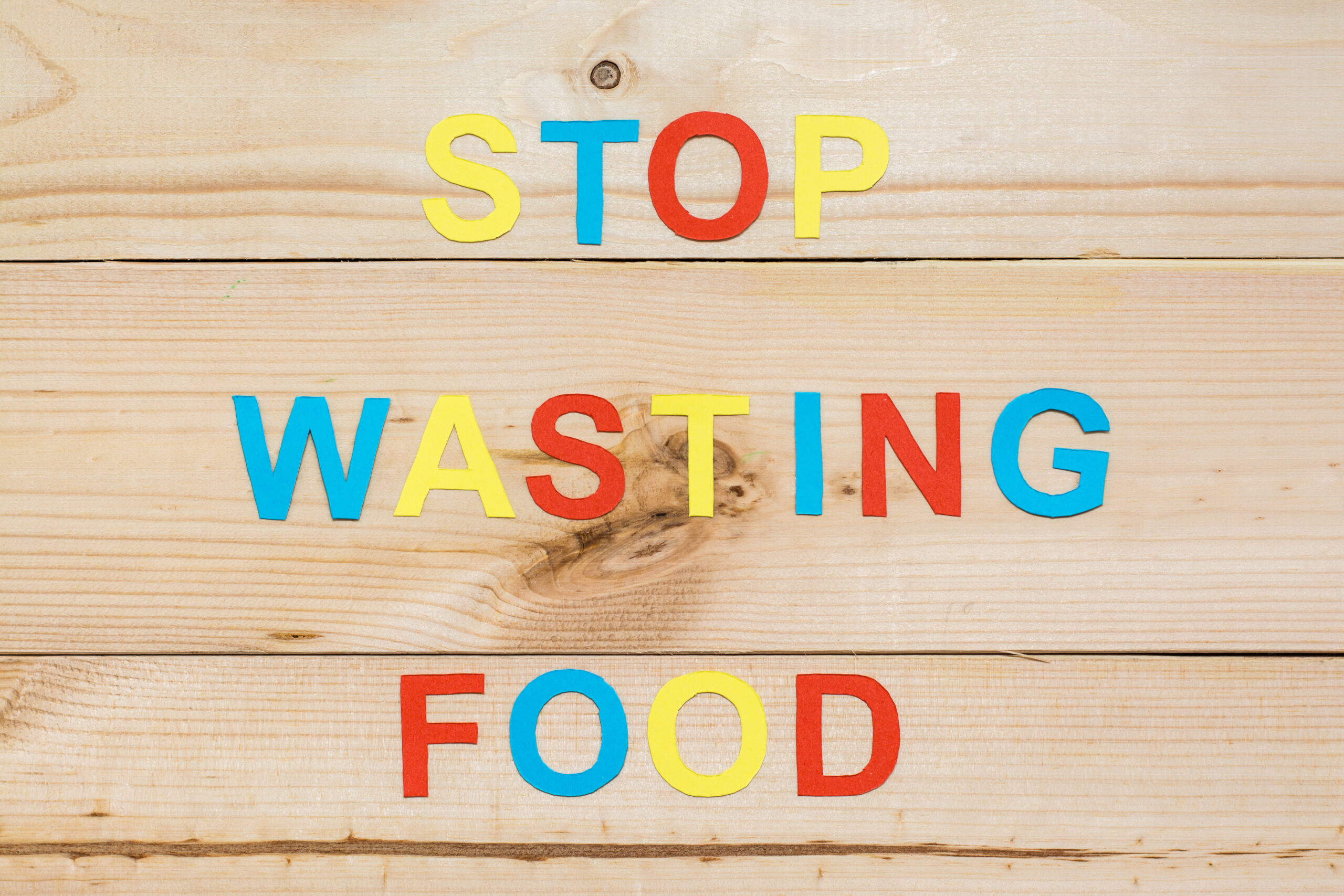National Food Bank Day falls each year on the first Friday of September; this year, that day will be September 2. The day is honored to bring awareness to the persistent issue of hunger around the world, and while food banks receive attention and canned goods year-round, National Food Bank Day is a reminder that hunger must be eradicated.
History of National Food Bank Day
National Food Bank Day was founded in 2017 on the 50th anniversary of the world’s first official food pantry. St. Mary’s Food Bank in Phoenix, Arizona is a nonprofit, nonsectarian organization that was founded by John van Hengel in 1967. He was looking for a way to prevent grocery waste and eventually came up with the idea of redistributing any food that was not eaten to the hungry.
Van Hengel continued his work and founded other food banks as well as the national organization America’s Second Harvest, known today as Feeding America. He also founded the Global Food Banking Network and has since been known as “the father of food banking.” National Food Bank Day was selected on behalf of van Hengel to commemorate his extraordinary works.
Related: World Hunger Day 2022: History, Theme and Ways to Support the Movement
In September 2000, world leaders from the likes of the United Nations (UN) and the World Health Organization (WHO) established Millennium Development Goals, the first of which was to end extreme poverty and hunger by 2015. About 40 countries have already achieved the first target and extreme poverty rates have been cut in half since 1990.
Significance and Ways to Participate
Food banks are a key component in the realization of ending hunger. In the US alone, more than 38 million people, including 12 million children, struggle with food insecurity and food banks are helping these people. In the last year, there were 200 food banks across the nation and the Feeding America network served 6.6 billion meals.
Food banks not only provide meals for those living in persistent hunger, but also fill the gap for those living on a meager budget. Many food banks offer educational opportunities that help people change their situation and begin anew. Often, those who have benefited from the programs return to volunteer and contribute to the very food bank that staved off their hunger.
National Food Bank Day is important for celebrating all charitable organizations and the volunteers who work to end hunger in their communities. To honor them, here are a few ways to participate in National Food Bank Day:
- Donate: By simply contributing some of your income or donating food, you can help to eradicate hunger from your community and the world. Those looking to donate can always check the needs lists of local food banks.
- Raising awareness: This is one of the easiest but most effective ways to encourage others to volunteer and support organizations that are trying to end hunger. This may be done by simply posting about the day on social media and using the hashtag #NationalFoodBankDay
- Increase public knowledge of food donations: Many people are unaware that food goes to waste in grocery stores, weddings and other large gatherings, so increasing knowledge may help to reduce food waste.












Join or login to leave a comment
JOIN LOGIN